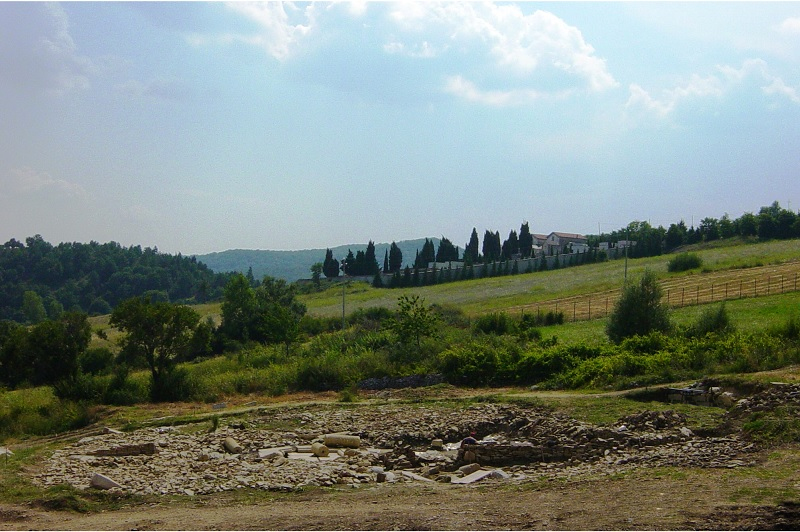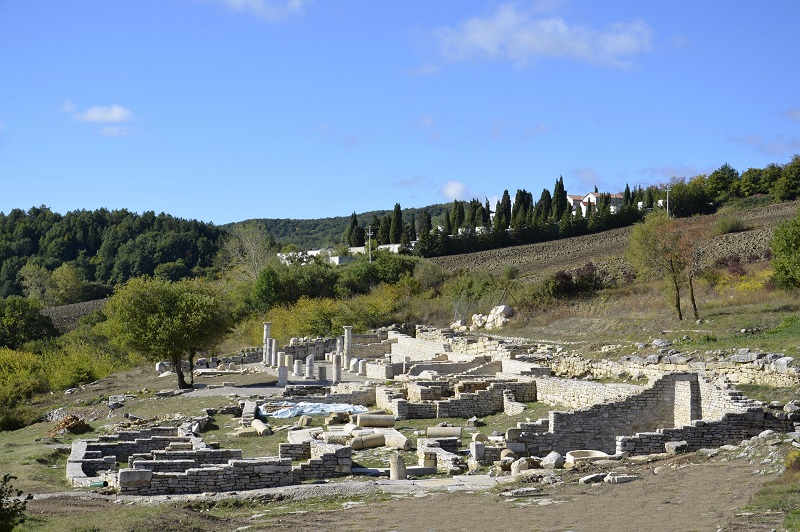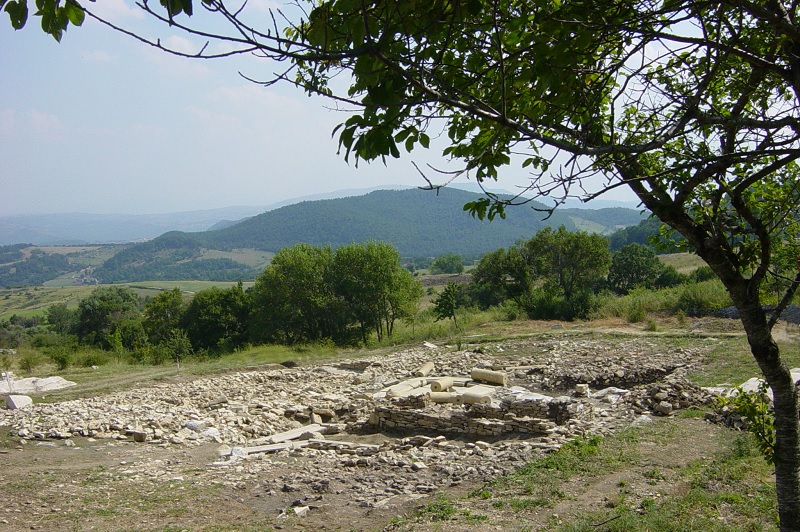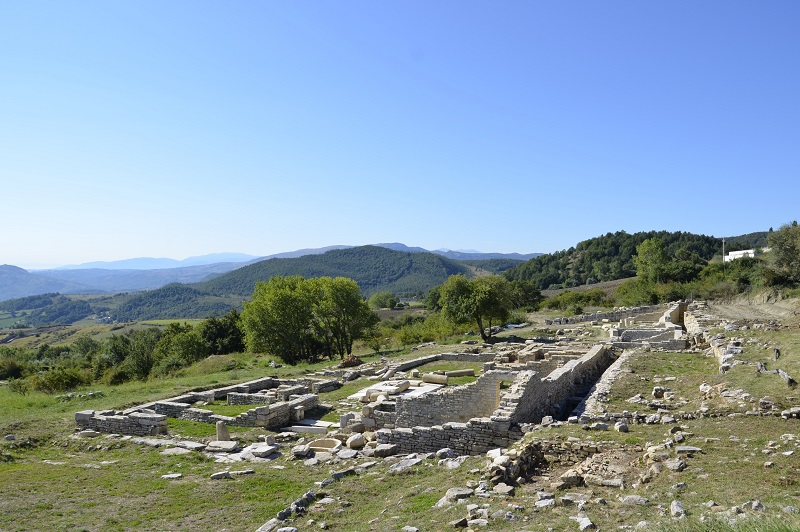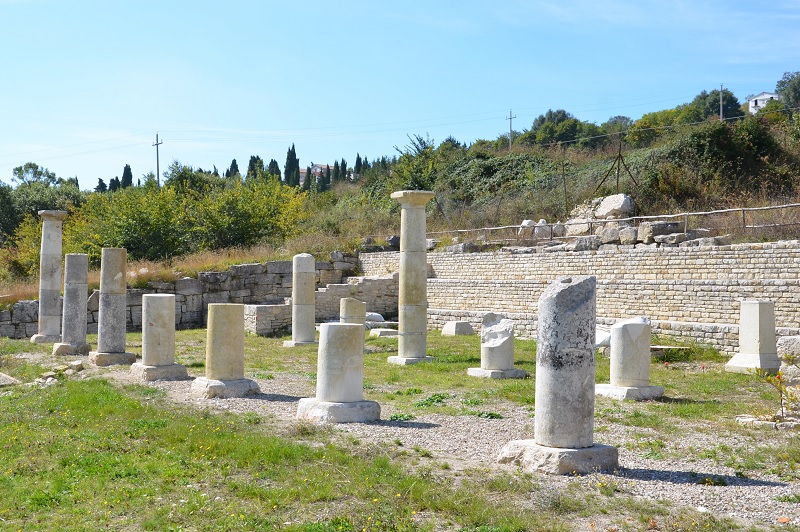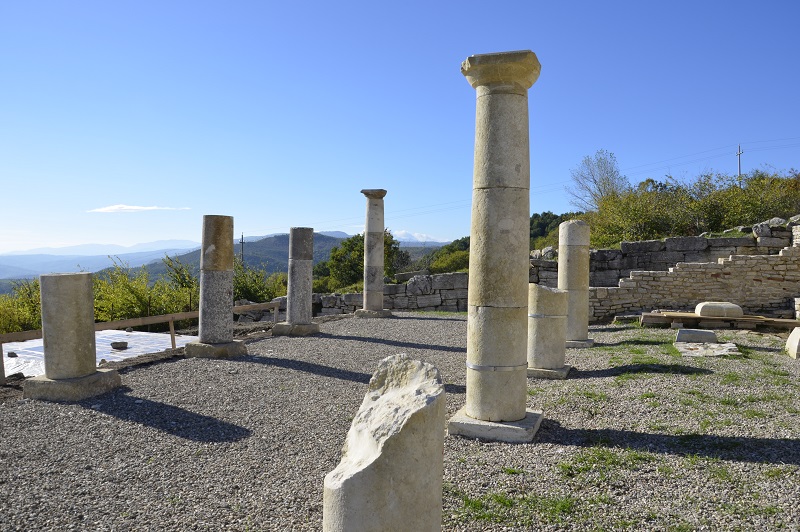Built between the late second and early first century B.C., the domus publica of the sanctuary had the function of hosting priests, judges and ambassadors. The size and architectural features are those of the great Italic-Roman aristocratic homes of the Republican era, from which however the domus is distinguished by the presence of a linear porch with two aisles for votive offerings (stoa) and for the priestly curia, a large room used as a place for meetings and banquet hall. These peculiarities and its connection with the temple area B underline the public and sacral nature of the structure.
In the Augustan age the real estate of the sanctuary was assigned to the Socelli family, who settled in the domus, adapting it to their needs, by creating, for example, a bath (thermae) and an outdoor area facility, the latter dedicated to manufacturing as evidenced by the presence of furnaces and workshops for the melting of metals. The use of this area is documented until the first half of the fourth century A.D.
News

